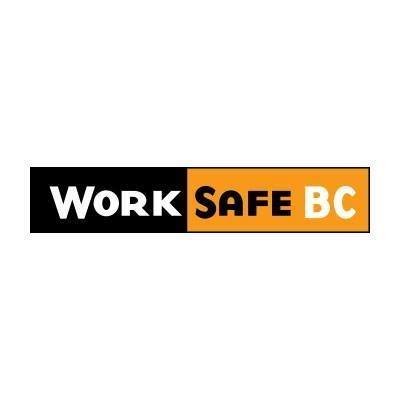With last year’s heat dome, WorkSafeBC accepted 115 claims for heat stress; a 180 percent increase over the previous three-year average.
After a slow start to the summer weather, B.C. is now experiencing higher temperatures throughout the province. As temperatures rise, employers need to be aware of the risks to their workers — both indoor and outdoor — and implement measures to keep their workplaces safe.
Last year, B.C. was impacted by a record-setting heat dome with extreme temperatures throughout the province. As a result, WorkSafeBC accepted 115 claims from workers related to heat stress in 2021, a 180 percent increase over the average 41 claims in the previous three years.
“We are hoping that the serious heat wave in 2021 has raised awareness about the dangers of working in high temperatures,” says Suzana Prpic, senior manager of Prevention Field Services at WorkSafeBC. “Whether you are working outdoors on a farm or construction site, or indoors in a restaurant kitchen, or in a factory, heat stress can cause serious injuries and even death.”
Prpic adds that indoor heat stress is an area of increasing concern. For example, in 2021, over one-third (35 percent) of heat stress claims were for indoor workers.
“Workers in buildings or vehicles without adequate HVAC systems to mitigate sustained heat are increasingly at risk of heat-related injuries,” Prpic says.
Risk assessments are required
To prevent heat-stress injuries, WorkSafeBC requires employers to conduct heat stress assessments. As appropriate, employers must have a heat stress mitigation plan that provides education and training in recognizing the symptoms of heat-related injuries.
If not recognized and treated early, heat stress can lead to heat exhaustion and heat stroke. Symptoms of heat exhaustion include excess sweating, dizziness, fainting, and muscle cramps. Symptoms of heat stroke include cessation of sweating, an increased breathing rate, confusion, seizures, and even cardiac arrest.
WorkSafeBC encourages employers to engage their workers early in the process so they understand the risks, and participate in the assessment and control of those risks.
Below are some measures that employers and workers can do to prevent heat stress.
Prevention of heat stress: Employers
- Monitor heat conditions and require workers not to work alone.
- Ensure there is adequate first-aid coverage and emergency procedures are in place.
- Make physical modifications to facilities, equipment, processes to reduce exposure.
- Change work practices and policies to limit the risk.
- Determine appropriate work-rest cycles; when a worker feels ill it may be too late.
- Rotate work activities or use additional workers to reduce exposure.
- Establish cooling areas with shade and water.
Prevention of heat stress: Workers
- Drink plenty of water (one glass every 20 minutes).
- Wear light-coloured, loose-fitting clothing made of breathable fabric, such as cotton.
- Take rest breaks in a cool, well-ventilated area.
- Do hard physical work during the coolest parts of the day, before 11 a.m. and after 3 p.m.
- Know your personal risk factors, such as medications and any pre-existing conditions.
- Check the signs and symptoms for yourself and co-workers.
Learn more about heat stress at worksafebc.com. Read Preventing Heat Stress at Work or watch Sun Safety at Work on WorkSafeBC’s YouTube channel.
Key facts
- Of the 115 accepted claims for heat stress in 2021, 74 were for outdoor workers, and 41 for indoor workers.
- In the previous three years (2018-2020), WorkSafeBC had a total of 122 accepted claims related to heat stress, or an average of 41 per year.
This news release is also available in the following languages:
About WorkSafeBC
WorkSafeBC engages workers and employers to prevent injury, disease, and disability in B.C. When work-related injuries or diseases occur, WorkSafeBC provides compensation and support to people in their recovery, rehabilitation, and safe return to work. We serve approximately 2.49 million workers and 263,000 employers across B.C.
For more information, contact:
Media Relations, WorkSafeBC
Email: media@worksafebc.com
Tel: 604.276.5157
Source: WorkSafeBC


